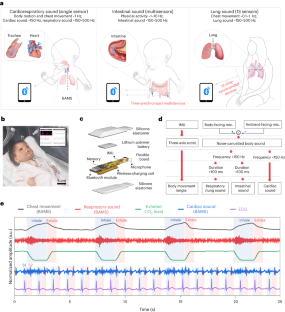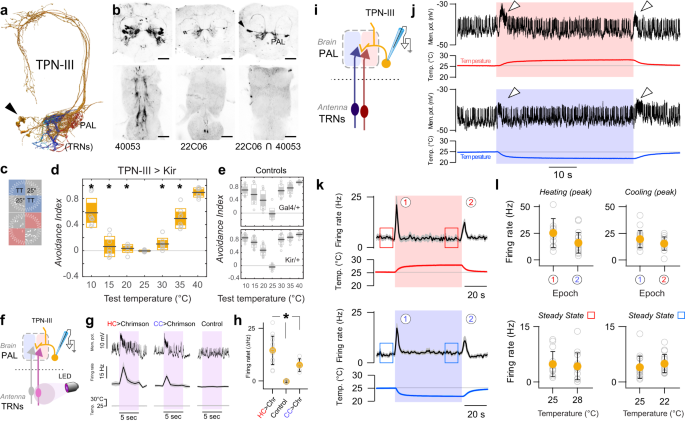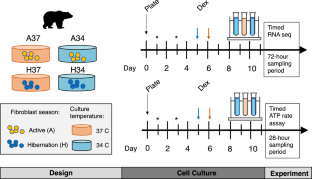2023-11-16 ノースウェスタン大学
◆これにより、患者の健康を高精度で連続的に評価し、臨床的な判断を行うことが可能となります。従来のステトスコープでは行えなかった同時の多領域の肺音のモニタリングが可能で、医師が異なる部位で同時にリスニングし、動的な評価をリアルタイムで行えるようになります。
<関連情報>
- https://news.northwestern.edu/stories/2023/11/first-of-their-kind-wearables-capture-body-sounds-to-continuously-monitor-health/
- https://www.nature.com/articles/s41591-023-02637-5
広帯域ワイヤレス音響機械センシングシステムによる連続生理学的モニタリング Wireless broadband acousto-mechanical sensing system for continuous physiological monitoring
Jae-Young Yoo,Seyong Oh,Wissam Shalish,Woo-Youl Maeng,Emily Cerier,Emily Jeanne,Myung-Kun Chung,Shasha Lv,Yunyun Wu,Seonggwang Yoo,Andreas Tzavelis,Jacob Trueb,Minsu Park,Hyoyoung Jeong,Efe Okunzuwa,Slobodanka Smilkova,Gyeongwu Kim,Junha Kim,Gooyoon Chung,Yoonseok Park,Anthony Banks,Shuai Xu,Guilherme M. Sant’Anna,Debra E. Weese-Mayer,Ankit Bharat &John A. Rogers
Nature Medicine Published:16 November 2023
DOI:https://doi.org/10.1038/s41591-023-02637-5

Abstract
The human body generates various forms of subtle, broadband acousto-mechanical signals that contain information on cardiorespiratory and gastrointestinal health with potential application for continuous physiological monitoring. Existing device options, ranging from digital stethoscopes to inertial measurement units, offer useful capabilities but have disadvantages such as restricted measurement locations that prevent continuous, longitudinal tracking and that constrain their use to controlled environments. Here we present a wireless, broadband acousto-mechanical sensing network that circumvents these limitations and provides information on processes including slow movements within the body, digestive activity, respiratory sounds and cardiac cycles, all with clinical grade accuracy and independent of artifacts from ambient sounds. This system can also perform spatiotemporal mapping of the dynamics of gastrointestinal processes and airflow into and out of the lungs. To demonstrate the capabilities of this system we used it to monitor constrained respiratory airflow and intestinal motility in neonates in the neonatal intensive care unit (n = 15), and to assess regional lung function in patients undergoing thoracic surgery (n = 55). This broadband acousto-mechanical sensing system holds the potential to help mitigate cardiorespiratory instability and manage disease progression in patients through continuous monitoring of physiological signals, in both the clinical and nonclinical setting.


